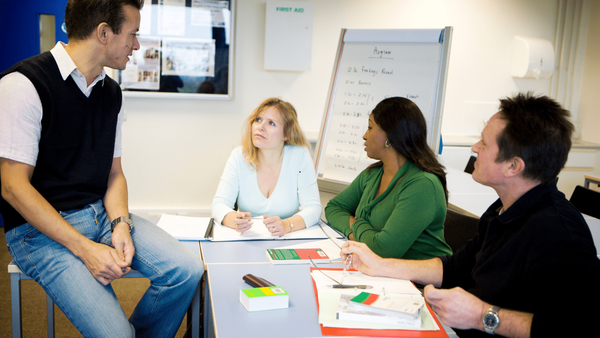The Hidden Curriculum in Vocational Training
The hidden curriculum in vocational training, first conceptualised by Phillip Jackson in 1968, encompasses the unspoken lessons, values, and norms transmitted beyond formal teaching.
The hidden curriculum in vocational training, first conceptualised by Phillip Jackson in 1968, encompasses the unspoken lessons, values, and norms transmitted beyond formal teaching.

Phillip Jackson introduced the concept of the hidden curriculum in 1968. It refers to the implicit lessons, values, and perspectives conveyed in an educational environment beyond the formal curriculum. Vocational training focuses on equipping students with specific skills for their chosen professions. However, the hidden curriculum significantly shapes their professional identities, social norms, and cultural expectations.
The hidden curriculum operates alongside the formal curriculum (classroom-based, actively taught) and the informal curriculum (learning opportunities arising outside formal teaching encounters). It involves the unwritten rules, assumptions, rituals, and taken-for-granted aspects of the educational environment. Here are some key components:
The hidden curriculum in vocational training significantly impacts students' development, identity, and sense of belonging. It influences educational equity, as students from different backgrounds may be differently affected by the implicit messages and values conveyed in the educational environment.
Pros:
Cons:
Given the hidden curriculum's significant impact, educators must become more intentional about it. Here are some recommendations:
| Recommendation | Actions |
|---|---|
| Reflect on Practices | - Self-Assessment: Regularly assess your teaching methods and student interactions. Keep a reflective journal to document recurring patterns or behaviours that might send unintended messages. - Professional Development: Attend workshops and training on self-awareness and the hidden curriculum. Participate in peer observations and feedback sessions to gain insights into your actions' perceptions. - Feedback Mechanisms: Seek feedback from students about their classroom environment and your teaching. Use anonymous surveys or suggestion boxes for honest input. |
| Promote Inclusivity | - Emotional Intelligence: Incorporate activities that develop emotional intelligence, like role-playing and group discussions on empathy. Provide opportunities for practising self-regulation and conflict-resolution skills. - Social Skills Development: Organise group projects and collaborative activities to build social skills. Facilitate team-building exercises and encourage peer support. - Mentorship Programs: Establish mentorship programs where experienced students or professionals guide newer students. Train mentors to understand the importance of the hidden curriculum in their interactions. |
| Address Biases | - Bias Training: Use training programs to identify and reduce implicit biases. Encourage colleagues to do the same, promoting a culture of continuous learning and improvement. - Curriculum Review: Review the curriculum to remove biased or stereotypical content. Ensure assessment methods are fair to all student groups. - Classroom Dynamics: Monitor classroom interactions to ensure all students have equal participation opportunities. Address discriminatory behaviour or microaggressions immediately. |
| Encourage Critical Thinking | - Emotional Intelligence: Incorporate activities that develop emotional intelligence, like role-playing and group discussions on empathy. Provide opportunities for practising self-regulation and conflict-resolution skills. - Social Skills Development: Organise group projects and collaborative activities to build social skills. Facilitate team-building exercises and encourage peer support. - Mentorship Programs: Establish mentorship programs where experienced students or professionals guide newer students. Train mentors to understand the importance of the hidden curriculum in their interactions. |
| Cultivate Emotional and Social Learning | - Emotional Intelligence: Incorporate activities that develop emotional intelligence, like role-playing and group discussions on empathy. Provide opportunities for practicing self-regulation and conflict-resolution skills. - Social Skills Development: Organise group projects and collaborative activities to build social skills. Facilitate team-building exercises and encourage peer support. - Mentorship Programs: Establish mentorship programs where experienced students or professionals guide newer students. Train mentors to understand the importance of the hidden curriculum in their interactions. |
| Create a Positive Learning Environment | - Classroom Climate: Create a welcoming and respectful classroom where all students feel valued. Display positive and inclusive messages and posters. - Fairness and Transparency: Be transparent about grading criteria and classroom expectations. Ensure all students understand the rules and that they are applied consistently. - Recognition and Reward: Celebrate all students' achievements, not just academic success. Recognise improvements in social and emotional skills and provide positive reinforcement for desired behaviours. |
Understanding and addressing the hidden curriculum in vocational training is essential for creating a more equitable and supportive educational environment. By recognising its impact and taking intentional steps, educators can better support the development and success of all students.



